Her sister was murdered nearly 50 years ago. Now she’s turning to the ‘Torso killer’ for answers
In 1975, Patricia Newsom’s slain body was found in a Connecticut drainage ditch, but she wasn’t identified until 2023. What happened to the 18-year-old remains a mystery, but her sister tells Andrea Cavallier she believes a convicted serial killer known as the ‘Torso Killer’ could have the answer. So she wrote him a letter to ask him


Writing a letter to a serial killer wasn’t something the sister of a murder victim thought she would do, but she didn’t know where else to turn for answers.
Maryann Collette is hoping notorious serial killer Richard Cottingham has information about her 18-year-old sister Patricia Newsom whose body was found bound, gagged, wrapped in a tarp and dumped in a drainage ditch in East Haven, Connecticut, in August 1975.
So she wrote to him at the New Jersey state prison where he is serving multiple life sentences for murder.
“I still have so many questions I need answered,” Collette told The Independent. “There are enough similarities, so why not ask him? I can’t rule him out yet.”
Cottingham, dubbed the “Torso Killer” for brutally dismembering his victims by cutting off their limbs and heads, murdered at least 17 women between 1968 and 1980 in New York and New Jersey.
East Haven police Capt. Joseph Murgo, who revived Patricia’s case in 2020, told the New Haven Register that although there is no physical evidence linking Cottingham to Newsom’s murder, police have received tips suggesting a possible connection to the killer, who was “active in the area at the time of Patricia’s death” nearly 50 years ago.
Collette told The Independent that in the letter, she gave Cottingham her sister’s name and recalled the facts of her death with the hope that he might write back with some new information in the case.
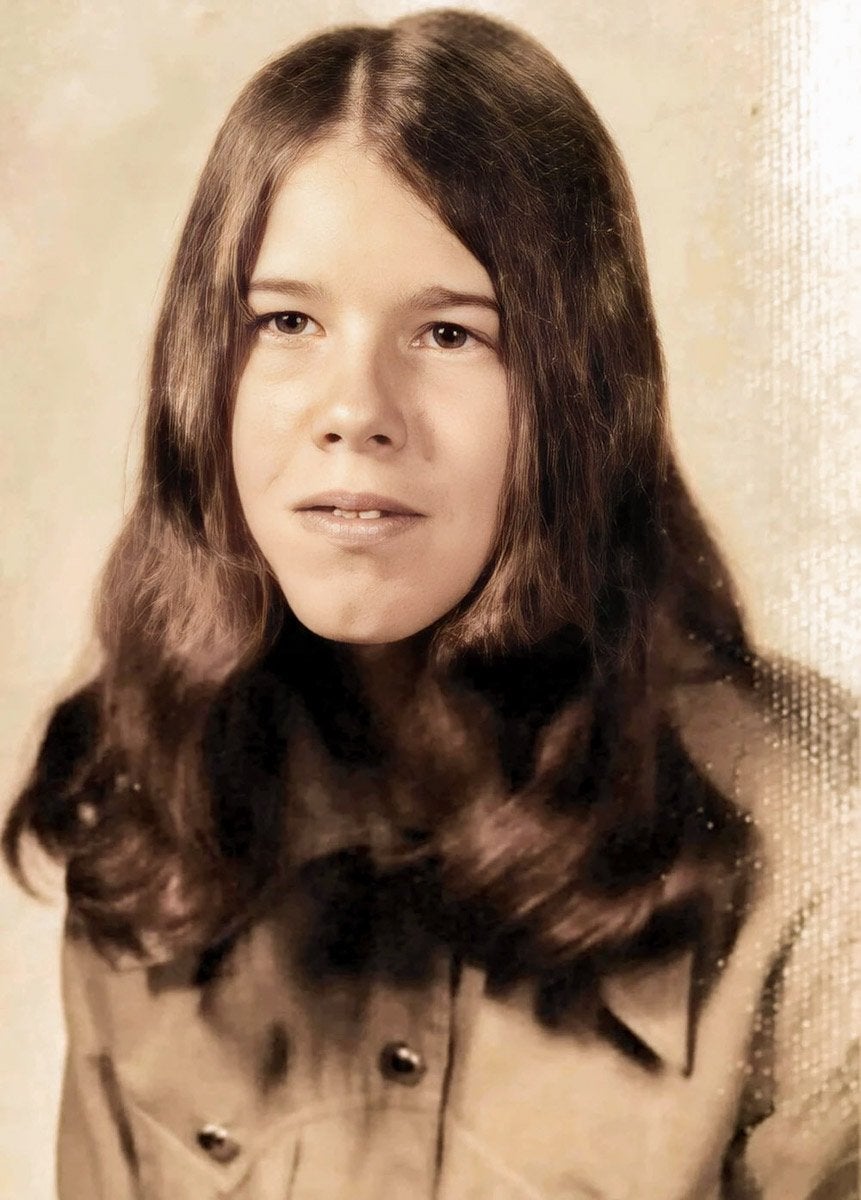
“I made it clear that nobody is looking to pin anything on him - we’re just interested in information. We have tried to rule him out and not one person has been able to do so. So maybe he can rule himself out.”
Collette, who now lives in Tennessee, was only 9 years old when her older sister, who she called “Trisha” or “Trish” was sent to a boarding school in 1974 while the family was living in New Jersey. It was the last time she ever saw her.
When Patricia’s body was found in August 1975, investigators were unable to identify her and for nearly 50 years, she remained a “Jane Doe.”
“When she didn’t come back for me, or reach out to me, I knew something was wrong. I knew she was gone,” Collette said. “She made a promise to me – that she’d always protect me.”
Collette told The Independent their mother died in 1968 when she was 3 and her sister was 11, leaving Patricia to step into the role. She remembers her as a “little mama” who had a good sense of humor and loved the rain.
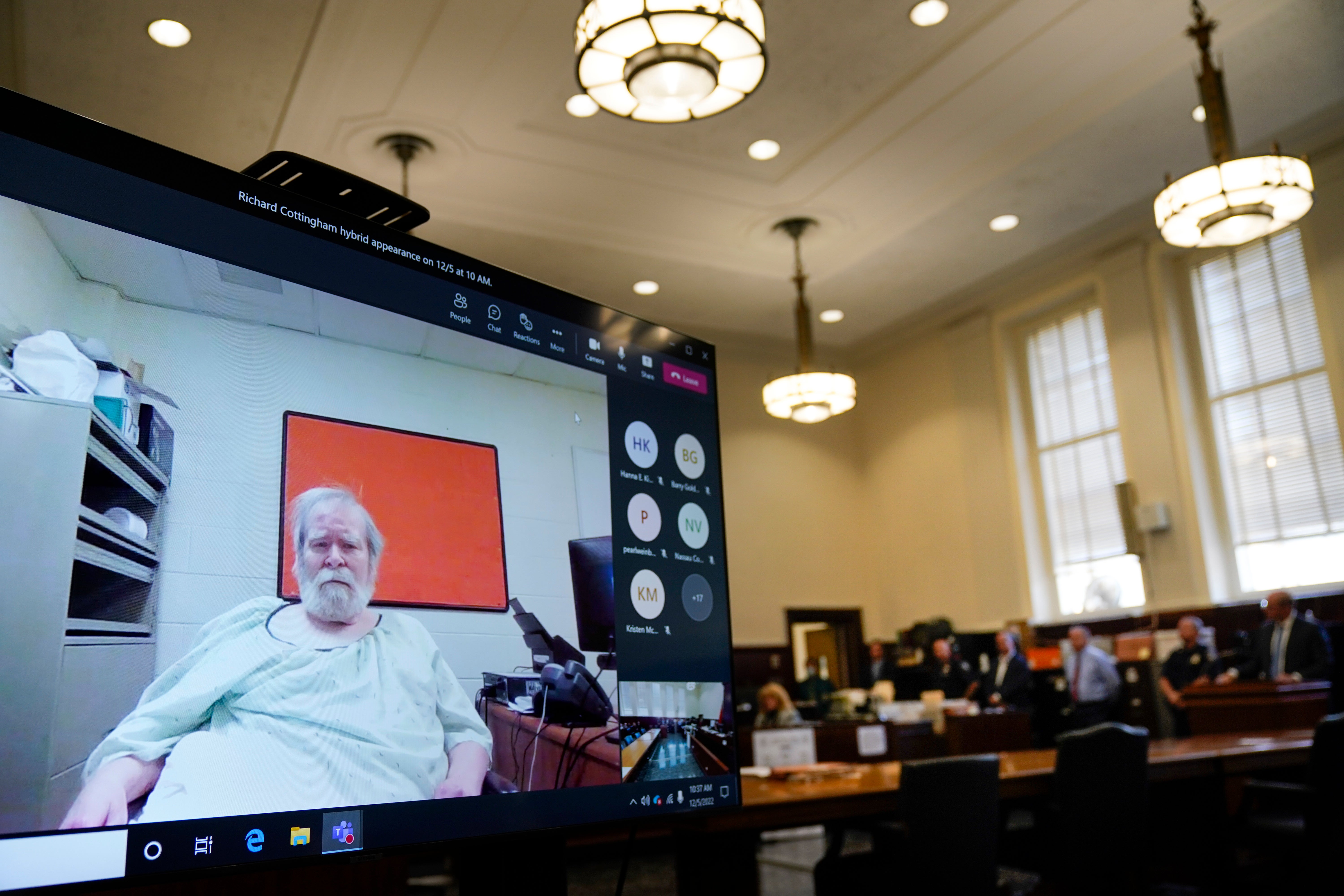
“She was my life raft – she took care of us and protected us,” Collette said, adding that shortly after her sister was sent to the boarding school, she was told by her father, who had remarried at that point, that Patricia had run away from the school.
The school was believed to be in Sullivan County, New York, but Collette and police have said they could not confirm what school she was sent to.
“That’s when I knew something happened. Because she would’ve come back for me. She would have never stopped looking for me.”
After Patricia vanished, Collette never stopped looking for her over the years.
An avid follower of true crime stories, Collette would constantly scan the computer-generated faces of the missing as they flashed across her screen. Then, with the help of the Internet, Collette had more opportunities to search for her sister.
“I searched every missing person and every Jane Doe all the time, as often as I could,” she said.
“And it turned out that I was hoping my sister was a Jane Doe. Because my fear was that if he had put her body in the sound or the ocean, we’d never find her.”
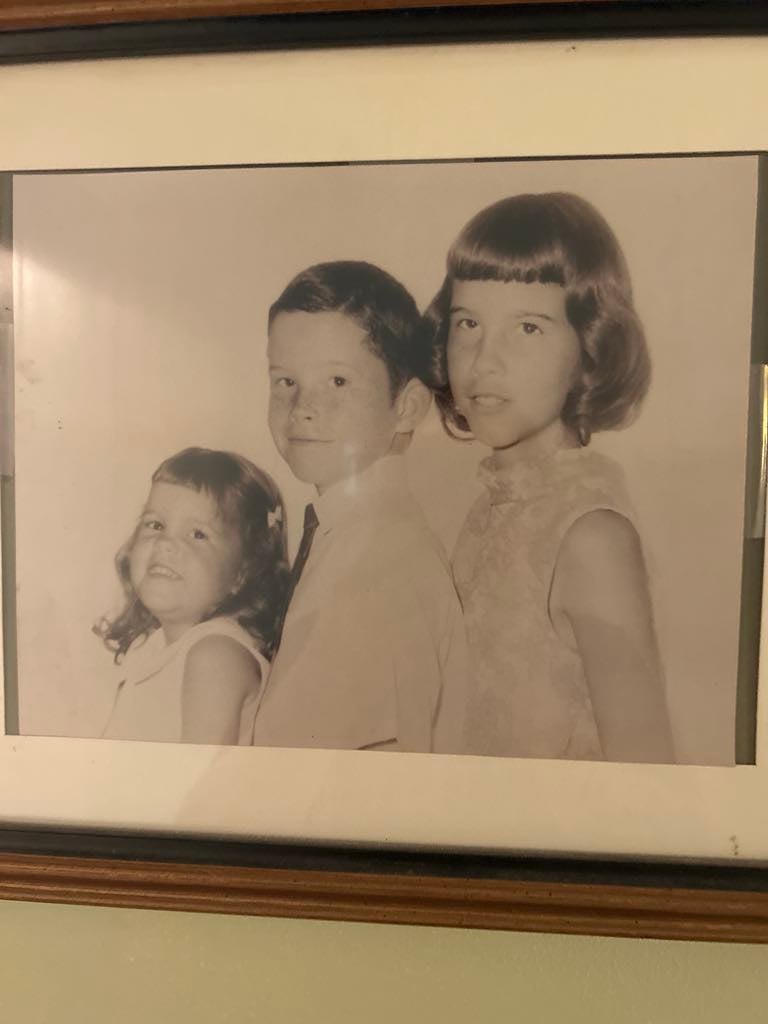
In 2020, when Murgo revived the case, Collette was busy posting about her missing sister on social media in an attempt to get answers.
She had no idea that Murgo was trying to identify the remains of a woman that were found shortly after her sister had gone missing. The body, referred to as Jane Doe, was buried at State Street cemetery in Hamden, Connecticut.
But the cemetery was in disrepair. Many of the graves were not marked and investigators ran into roadblocks with inaccurate cemetery records about who was buried where.
In June 2022, East Haven police tried to exhume the body, but their first attempt uncovered the wrong person.
During a second attempt, they used ground penetrating radar and were able to locate Jane Doe on July 1, 2022. Her DNA was sent to Identifinders International, a forensic genetic genealogy service where there was a match.
In an ironic twist of fate, Collette had recently uploaded her DNA to GEDmatch at the urging of a family friend. GEDmatch allows people to compare DNA reports to find unknown relatives or loved ones who have gone missing.
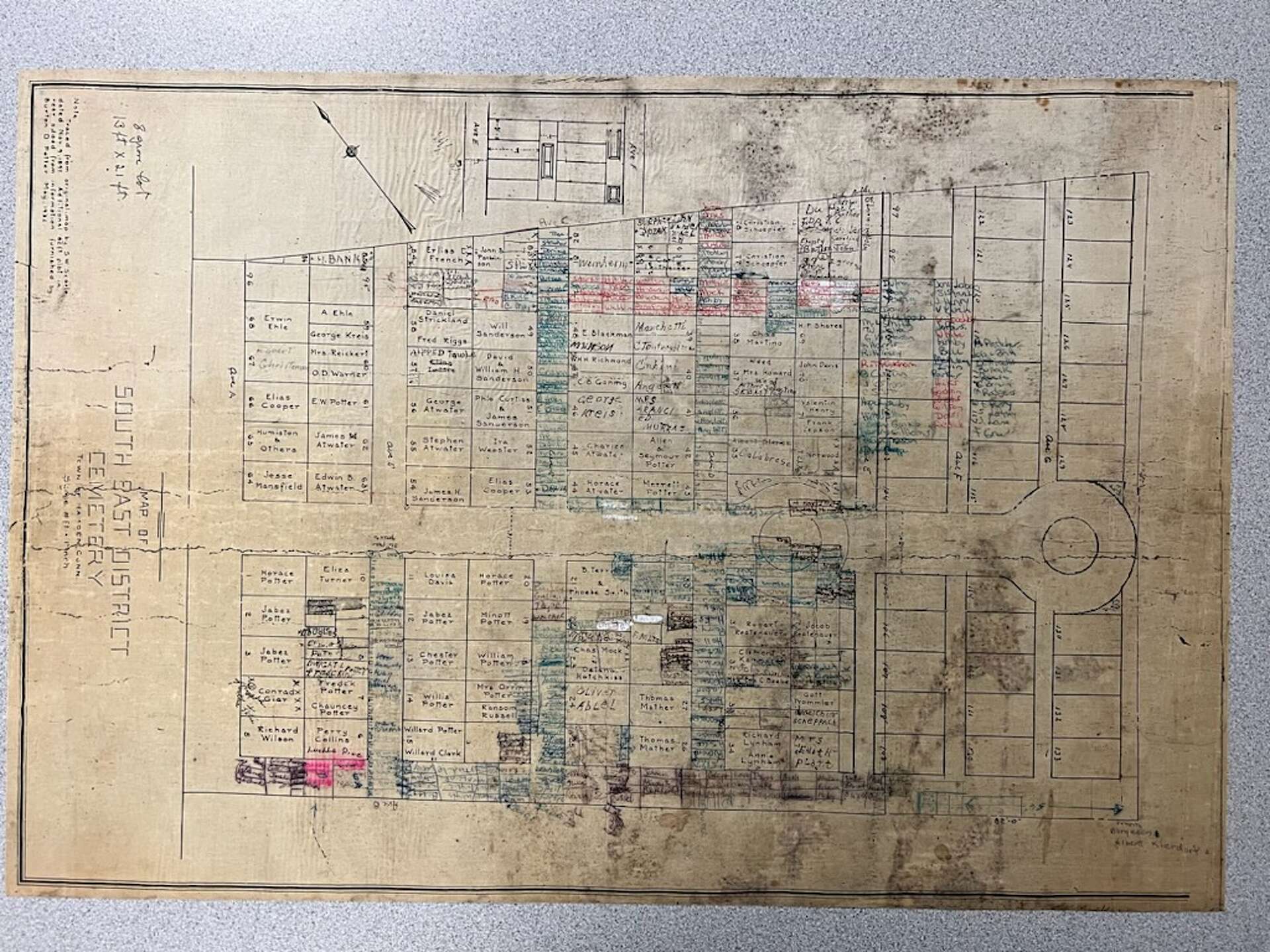
“Suddenly everything fell into place,” she said. “What were the chances of someone saying to me, you need to get a DNA sample on GEDmatch. And that’s how they found her identity so quickly.”
Collette and the East Haven Police Department were notified in early April that Patricia had been located after 48 years.
“I always knew in my heart that she was gone,” Collette said. “I always knew.”
While Collette has some sort of closure now, she said, there are still many unanswered questions.
“Just to have her, to know where she is, after all that time, you don’t even realize how much you’re carrying until you can put it down,” Collette said. “But I still want to know what happened in the days and weeks before she died – was she happy? And of course, who did this to her?”
East Haven police had one suspect in the case, Glenn Askeborn, also known as Samantha Glenner, who was living in East Haven when Patricia’s body was found. But the investigation never led to an arrest. Askeborn served time in prison for the murder of a Maine woman and then died in October 2022.
For now, all eyes are on Cottingham as they wait for a reply. Collette has not yet responded to her letter, but she remains hopeful.
“You never know what’s going to spark somebody’s memory,” she added.
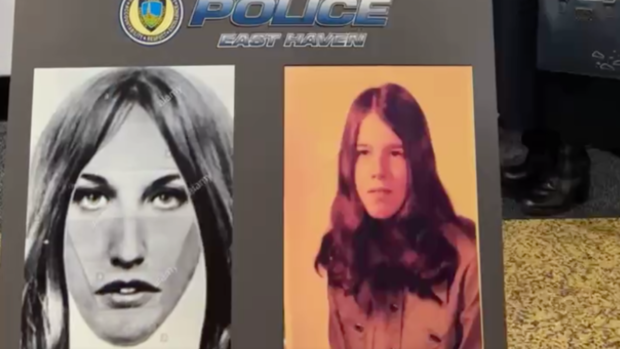
Murgo told the New Haven Register that he’ll wait to see whether Cottingham responds before taking any other action.
“If he does respond, I’ll plan a visit to conduct an official interview,” Murgo said. “For now, we’re just hoping for a reply.”
Murgo also urged anyone with information about Patricia to contact him at jmurgo@easthavenpolice.com.
While Collette waits for a letter, she uses her time and her social media platform FindPatriciaNewsom to help others.
“I’m one of the lucky ones – I know that. I have my sister back,” Collette said.
“So maybe now I can help somebody else find their person – their sister, mother, brother. Because not knowing is hell.”
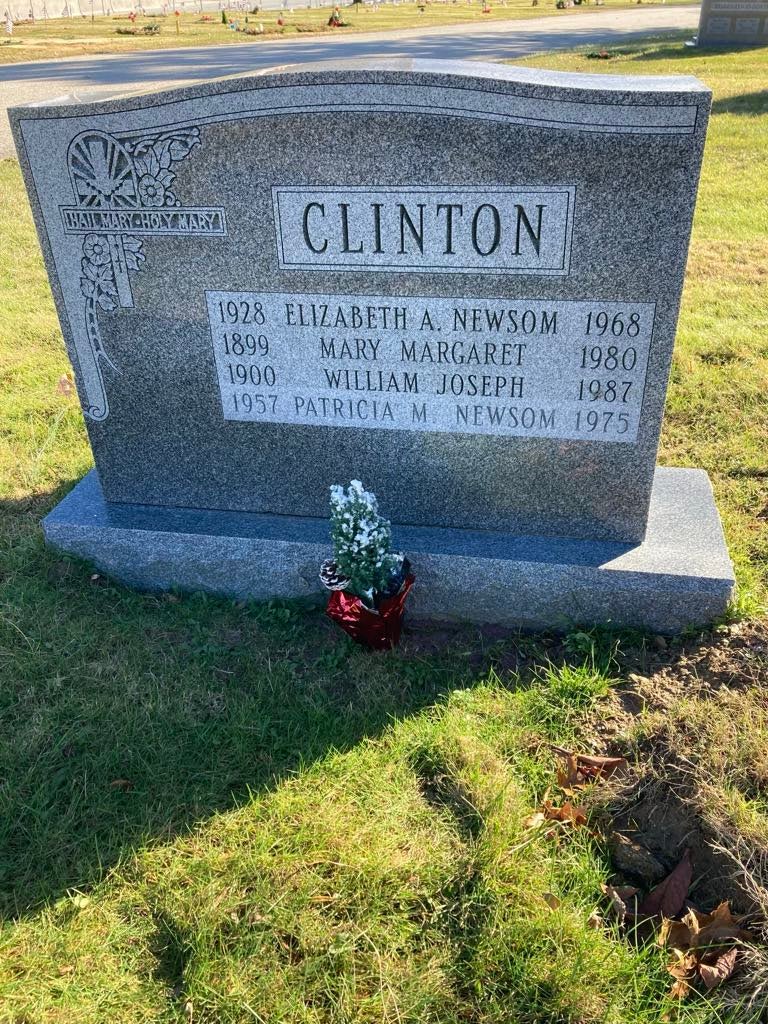
Collette stressed the importance of GEDmatch and how she believes it should be a requirement when a missing persons report is filed.
“People who have missing loved ones need to know there’s hope,” she said.
For nearly 50 years, Patricia was a forgotten Jane Doe, buried in a defunct without a name. But her sister said that’s no longer the case. She’s now buried along with their mother.
“When you google her name, there she is,” Collette said, “and I love that when you google MY name, you find HER. That’s how I know her memory is going to live on.”
